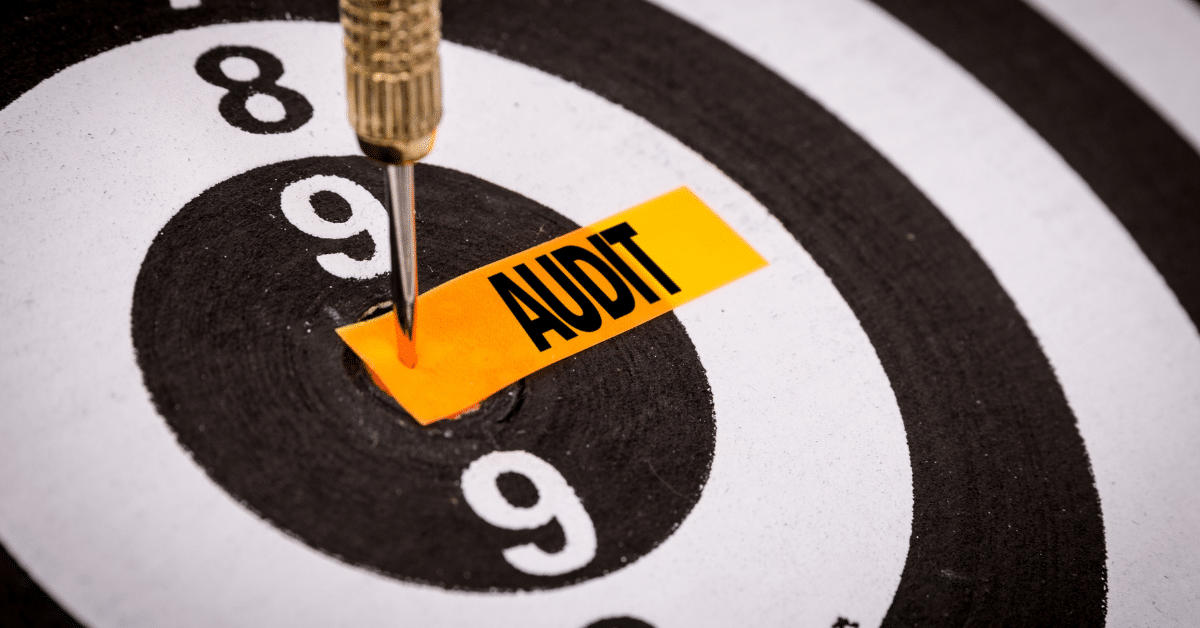Let’s face it: no company wants to pay hundreds of thousands – or even millions of dollars to be audited. For public companies, though, it’s not a choice, it’s an annual requirement. So how should a public company go about selecting a PCAOB registered audit firm? The data show public companies tend to default to one of the Big 4 or National firms. According to a 2020 article by Audit Analytics, the Top 10 firms audited nearly two-thirds of all public companies, with the Big 4 firms auditing approximately half of all public companies. So why do public companies choose from only a handful of firms when regional PCAOB registered firms may be a better fit? This post is the first in a series that will explore the most common factors taken into consideration when choosing a public accounting firm.
Measuring Audit Quality
Within the industry of public accounting firms, there are reliable measures of audit quality. Two of the best measures are restatement rate (percentage of issued financial statements that resulted in a restatement) and Public Company Accounting Oversight Board (“PCAOB”) inspection results. One of the most common reasons for engaging a Top 10 firm is the assumption that the public company audit quality is better.
Restatement Rates
One might expect that restatement rates at clients of the Top 10 firms to be negligible, as these companies typically can afford to employ sizable accounting departments. However, according to a Compliance Week article regarding restatement rates for public company filings, the Big 4 had a restatement rate of 0.99%. National firms – firms that round out the Top 10 firms – had a restatement rate of 2.74%. All other firms had a restatement rate of 2.43%. However, the “other firms” category includes restatement filings where the company noted in its 8-K disclosures that they had no audit firm at the time of the filing, either because the firm resigned or was dismissed. Therefore, 2.43% is skewed higher by the Big 4 and National firms who were dismissed after a restatement. Furthermore, the Big 4 and National firm rates are skewed lower for the same reason. How much auditor dismissals skew the data is difficult to determine; however, a research article, Determinants and Market Consequences of Auditor Dismissals after Accounting Restatements by Karen M. Hennes, Andrew J. Leone, and Brian P. Miller notes that auditor turnover occurs 28.8% of the time following a restatement.
PCAOB Inspection Reports
The second measure of PCAOB audit quality can be found in PCAOB inspection reports. The inspections are part of the requirement to be a PCAOB registered firm. Periodic inspections ensure the firm performs quality PCAOB audits and has all the appropriate quality control procedures in place. None of the Top 10 firms achieved a “clean” report (i.e., no deficiencies noted) in their most recent PCAOB inspection. Since 2010, the combined deficiency rates of the Top 10 firms ranged from 30% to 42% annually, or approximately one in three audits is deemed to be deficient. While PCAOB average deficiency rates at non-Top 10 firms are not readily available, the point here is that audit quality at the Top 10 firms may not be as high as expected. When looking for your next public accounting firm, you can easily access their history of inspections on the PCAOB website to compare your audit firm candidates.
Please reach out to us to discuss your current audit needs and find out why quality audits matter.
